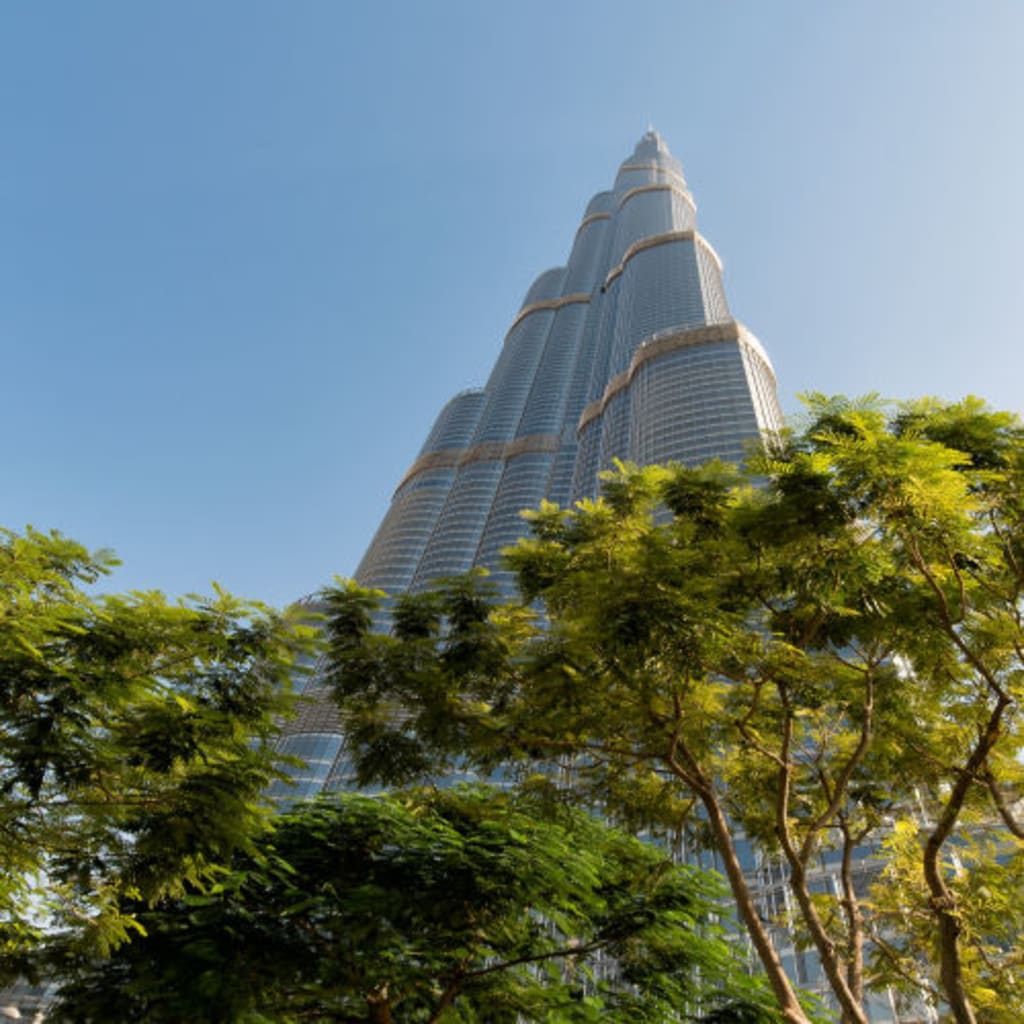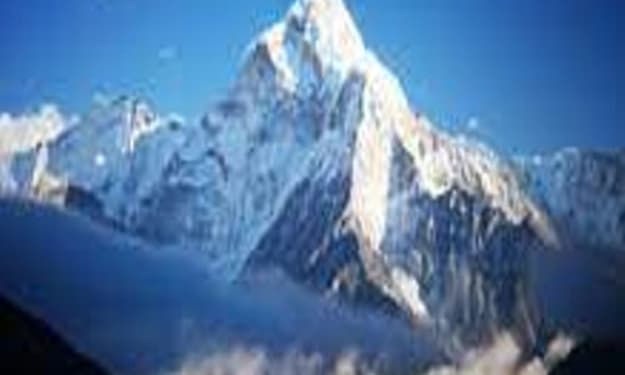The Truth About the World's Tallest Skyscraper
How it was built

As the 20th century drew to a close, the ambitious race to construct the world's tallest skyscrapers seemed to reach a standstill. Each successive contender could only manage a marginal increase in height, and architects found themselves grappling with the challenge of surpassing their previous architectural triumphs. This apparent ceiling in skyscraper height was poised for a groundbreaking disruption, and that disruption came in the form of the Burj Khalifa, an engineering marvel that began construction in 2004 and was completed in 2009. This towering structure, soaring to a breathtaking height of 828 meters, obliterated the previous record-holder by an astonishing 60%. The question on everyone's mind was: What groundbreaking innovations had enabled this monumental leap in skyscraper construction?
Throughout the annals of architectural history, one common obstacle consistently hindered the ascent of tall buildings—the weight of traditional building materials. To support their towering edifices, architects had to employ wider and thicker masonry at the base, resulting in exorbitant costs. The introduction of industrial steel in the early 20th century marked a pivotal turning point. This lightweight, high-strength material allowed buildings to shed excess weight and reach new heights. However, the production of steel frames necessitated intensive labor, often in unfavorable working conditions, and these three-dimensional grids consumed significant interior space within the buildings. Additionally, the expansive surfaces of tall steel skyscrapers made them susceptible to the forces of strong winds. Architects had to devise various countermeasures to prevent swaying and structural damage, but if they sought to elevate these structures even further, a complete rethinking of skyscraper design was imperative.
Enter Fazlur Rahman Khan, the visionary Bangladeshi-American engineer often credited as the father of modern skyscrapers. Khan proposed a radical departure from convention: instead of supporting the building's weight internally, where it was broadest and most stable, he suggested placing the load-bearing elements on the exterior. This ingenious idea led to the development of what he termed "tubular designs." These buildings featured external steel frames reinforced with concrete and linked to horizontal floor beams. Tubular designs excelled at absorbing and distributing wind forces to a building's foundation, and since the exterior walls could bear the majority of the load, internal supporting columns could be eliminated, maximizing interior space. By the 1960s, tubular design had become the gold standard in the industry, setting the stage for the construction of taller, more robust skyscrapers, including several record-breaking ones.
However, the planning of the Burj Khalifa would require yet another architectural innovation. In 2004, the renowned architectural firm Skidmore, Owings & Merrill (SOM) completed the Tower Palace III in South Korea. This building took Khan's exoskeletal design concept a step further by incorporating a central column supported by three projecting wings. Each wing's weight effectively supported the other two, while the sturdy concrete core served as both a support beam and a housing for elevators and mechanical infrastructure. This innovative design, known as the "buttressed core," transformed the entire structure into a unified load-bearing unit capable of sustaining the weight of the building's 73 stories.
SOM was confident that the buttressed core could support an even taller building, and they were determined to push the boundaries of architectural achievement with their next endeavor. The result was the Burj Khalifa, the second building to adopt this groundbreaking design. With an unprecedented 163 floors, this architectural wonder was a testament to human engineering prowess. To combat the formidable vertical and lateral forces inherent in such a colossal structure, the design strategically placed the strongest load-bearing areas where the wind's impact was most pronounced. Moreover, the Y-shaped layout was meticulously calibrated to minimize the impact of local wind forces. At regular intervals, one of the wings slightly receded, creating a series of setbacks in a clockwise pattern that effectively dispersed air currents and mitigated the effects of fierce 240-kilometer-per-hour winds.
Despite its towering height and unique design, the Burj Khalifa was completed in an astonishingly short five-year timeframe. However, this accelerated pace came at a tremendous human cost. The labor force primarily comprised South Asian migrants, who toiled through grueling shifts exceeding 12 hours a day for a meager daily wage of around $10. Workers who attempted to quit or return home found their paychecks and passports held hostage by the construction company overseeing the project. These deplorable conditions led to multiple protests, as well as reports of at least one suicide and one fatal accident on the construction site. In the years following the tower's completion, the United Arab Emirates faced harsh criticism for its failure to enforce labor protection laws. Moving forward, it is hoped that future architectural endeavors will prioritize the welfare and rights of the individuals behind these awe-inspiring engineering feats, placing as much emphasis on the builders as on the buildings themselves.
About the Creator
Enjoyed the story? Support the Creator.
Subscribe for free to receive all their stories in your feed. You could also pledge your support or give them a one-off tip, letting them know you appreciate their work.





Comments
There are no comments for this story
Be the first to respond and start the conversation.